- Learning time
- 20 minutes
- First play time
- 30 minutes
The Crew: The Quest for Planet Nine
Designed by: Thomas Sing
The Crew: The Quest for Planet Nine (sometimes found in it’s original language as Die Crew) is a real rarity in gaming – a trick-taker where players work co-operatively to win.
Standard trick-taking rules apply: a suited card is led to begin the ‘trick’ and all players must follow suit (there are four suits) if they can: if they can’t, they either dump a non-matching card, or win the trick with one of four trump cards – the rockets. If you’ve played Whist, the basic rules to Die Crew aren’t going to confuse you.
But around that simple premise are some objectives the players must reach. The game comes with a series of Missions – each being a single game – and you can play as many missions as you like consecutively, recording how many attempts it takes you to reach them.
The missions are simple to understand: in the first one, a specific player must win a specific card in order for the mission to succeed. But as the missions go by they get increasingly difficult – more cards, more players, specific order of winning them and so on. Because the players are not allowed to communicate verbally about what cards they hold, there’s an increasing sense of risk.
Two things help. One is that whoever is dealt the highest rocket card (the four) will be the commander – they’ll start play and everyone knows the identity of one of their cards. The other is that once per mission, you can share some limited information about your hand by laying a card face-up in front of you with a radio token on it. Place the token at the top of the card to show it’s your highest of that suit, at the bottom to show it’s the lowest, or in the middle to show it’s the only card you have of that suit. So you can communicate, for instance, that you have a card someone else needs to win, or that you have a card that could potentially interfere with plans and needs to be dealt with before an objective card can be won.
There are fifty missions in total and as you’d expect, achieving them becomes increasingly difficult as they have a chronology. The game’s theme is space exploration, so Mission 1 is training and relatively easy, but just like the real-world, turning up for work on your first day at NASA and actually landing on the moon are two different things.
Joe says
The Crew is amazing! It's not that the gameplay is especially innovative or different, or the theme is powerful - the theme is, in fact, a clever fit for the gameplay but totally ignorable. The reason I love The Crew is that it's a brilliant tool for teaching the rudiments, fundamentals and even the expert wrinkles of traditional trick-taking card games. Voiding suits, evaluating your hand, weighing the odds of an even split - these all become second nature to the enthusiastic trick-taker. Games from Hearts, Whist all the way to Bridge rely on an understanding of these nuances, and they're all explored endlessly within the gently co-operative environment of The Crew. Teaching the strategies of a competitive game to another player can be deeply annoying (for both of you); you're keen to bring them up to speed so they can be a worthy opponent, but they just feel patronised and frustrated, and doubtless irritated by your frustration in turn. The Crew lets all the players explore these strategies together, in bite-sized chunks - a hand will only take something like 10 minutes to play all the way through, but if you manage to complete the mission sooner, it could be over in a fraction of that time. Don't get me wrong - while The Crew excels as a teaching tool, it's a supremely satisfying and fun experience in itself. And of course, I speak as someone who loves trick-taking games; but I've played with two of my daughters (15 and 18) who are not keen trick-takers, or even gamers, and they really enjoy the puzzley nature of it. I like to think they're also learning while they play, even though they don't know it. Time will tell.
The guru's verdict
-
Take That!
Take That!
None. A bit of patience might be required if you understand the inherent strategies of trick-taking games better than your fellow players - but will definitely pay off.
-
Fidget Factor!
Fidget Factor!
Very low, because you're involved in every trick - even if you have no objectives, you still need to help other players reach them and avoid accidentally winning the objective card yourself.
-
Brain Burn!
Brain Burn!
The rules are light, but engineering your way to victory - whilst keeping communication about what cards you have strictly to the radio tokens! - is less simple, and rightly so. The game is substantially easier with 3 players rather than 4; that player count is recommended if you want to focus on the fun rather than frustration.
-
Again Again!
Again Again!
There are fifty missions but even if you complete them all the game isn't finished. You can start again right at the beginning or from any point along the journey you like.

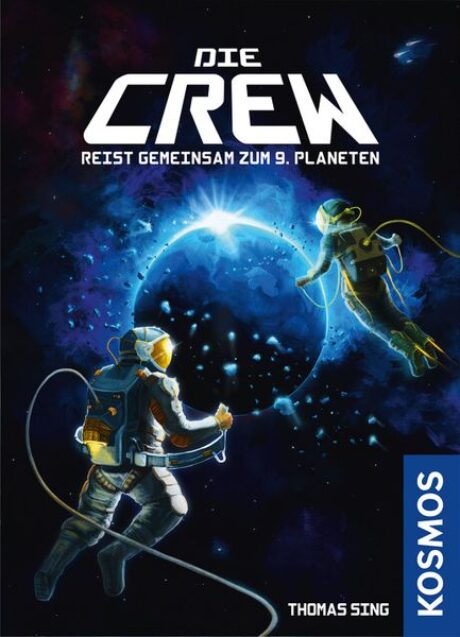


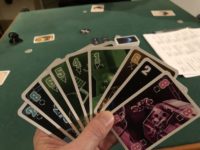
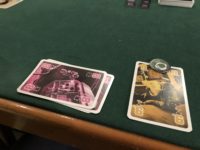
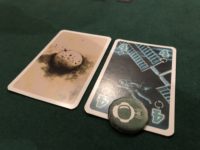
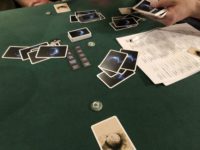


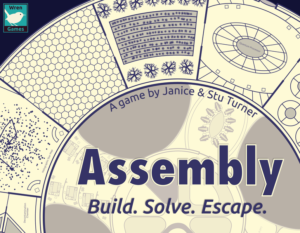
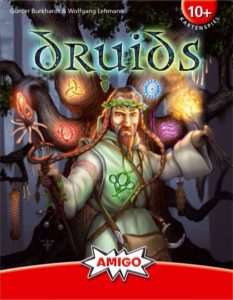


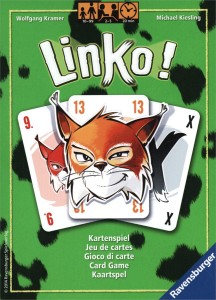
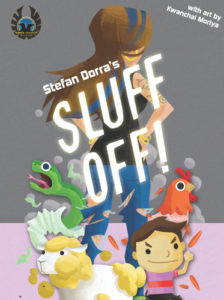
Sam says
The Crew is a rarity in the world of games - it feels unique. Very simple rules aligned to easy-to-understand missions and a variable game time depending on how invested you (want to) get. Our first play, we did seven missions straight and I'd have been happy to continue. True, the theme could be absolutely anything, because the mechanics of the game aren't remotely thematic. But the sense of pressure, as a team working together to puzzle-solve in a time (or card) sensitive environment does suit the game, and if it's a little too abstracted and puzzly to become a personal favourite I not only applaud The Crew for trying to do something a little but different, but for succeeding.